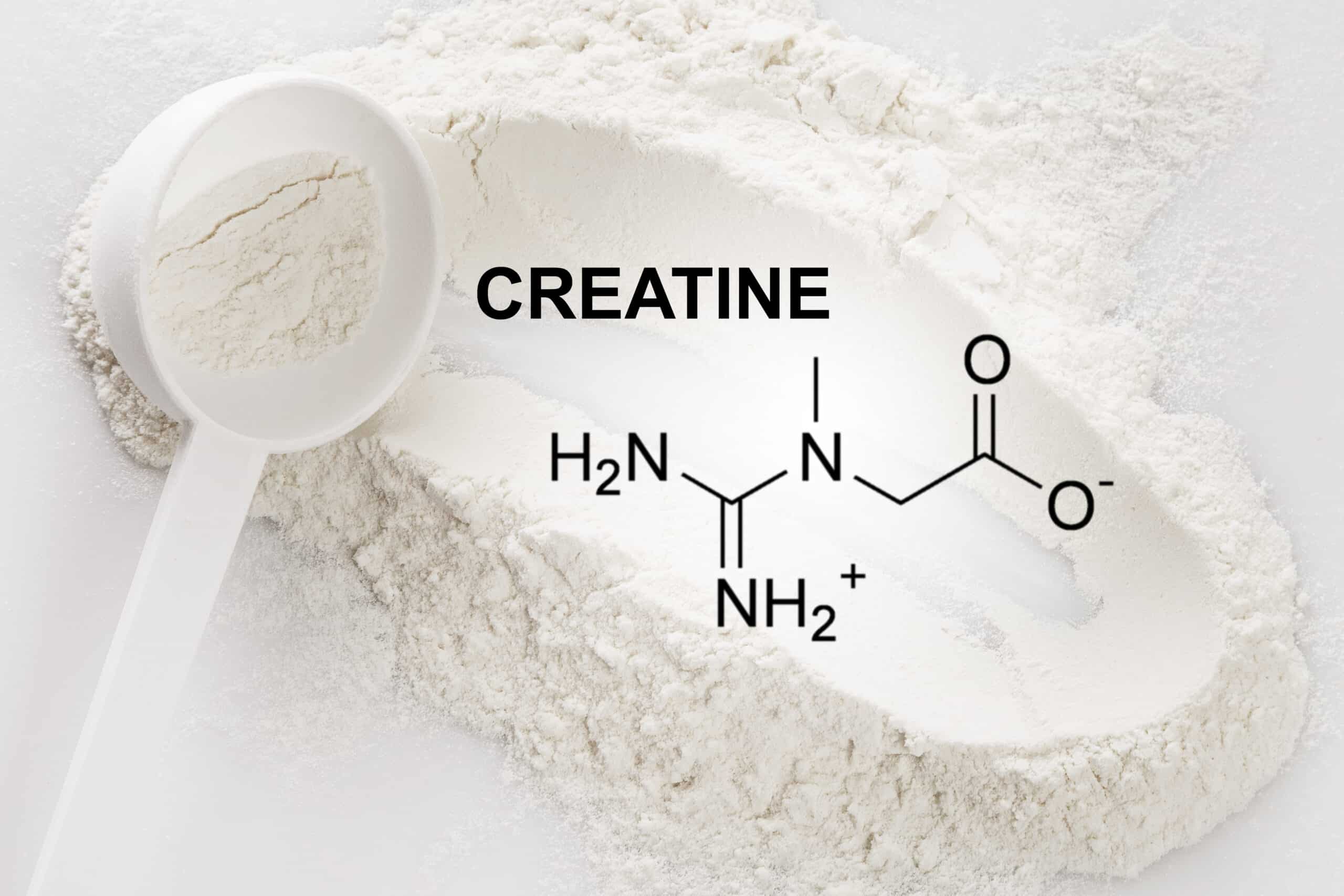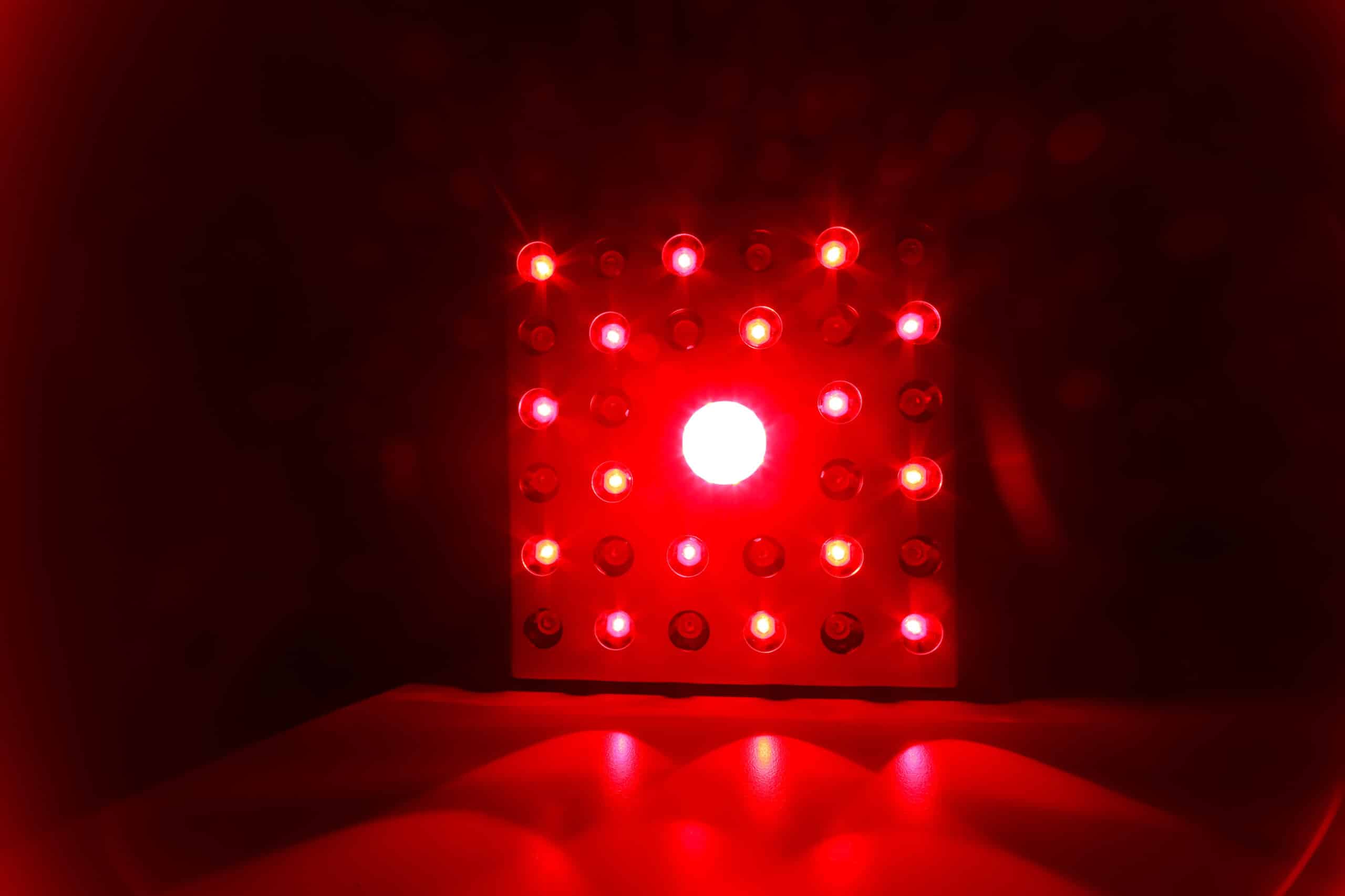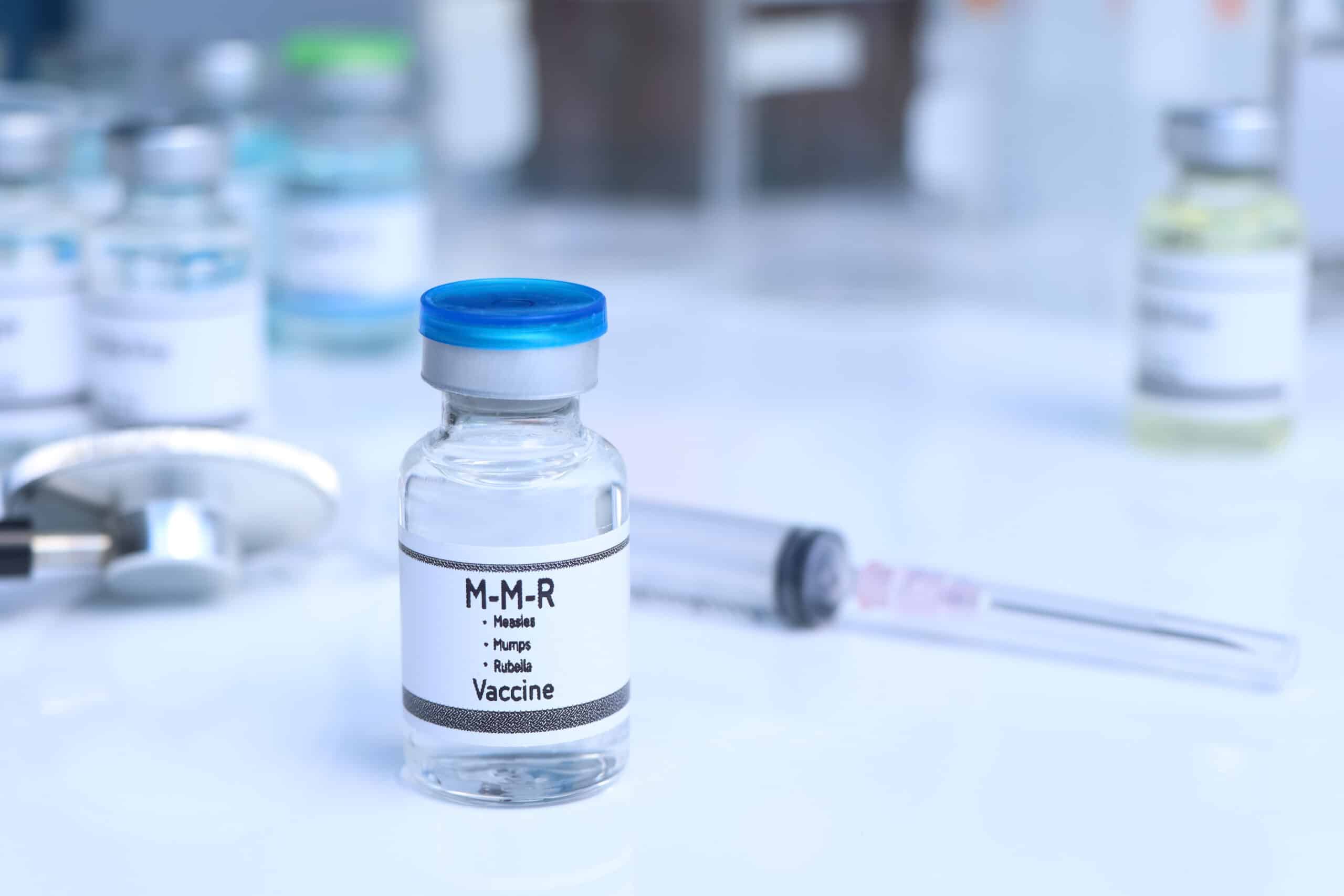The United States and Europe have entered into a significant third wave of Covid-19. The U.S. had more than 99,000 new cases reported yesterday, which compares to 70,000 per day at the peak in July, and 35,000 per day at the peak in early April. Some countries in Europe have returned to stricter restrictions with closures of schools, restaurants, and events. Much of the spread in the U.S. has been in rural areas.
Covid-19 in the Bay Area
The Bay Area, fortunately, has not experienced this third wave. New cases and hospitalizations have declined from the peak in July and are currently at the low levels that we saw in May. Stanford yesterday had 10 Covid-19 cases in the hospital, with only 2 in the ICU.
Covid-19 around the world
Looking around the world, we see very different rates of infection. It is understandable that developing countries do not have the same ability to isolate and wear masks as wealthier countries. What is interesting, however, is how different the rates of infection are between the U.S. and Europe, and some countries in Asia, like Taiwan, where they recently reported 200 days without a single confirmed case. Assuming reported numbers are true, these disparities point to just how effective a preventative strategy (masks) can be, if implemented universally.
In spite of the continued spread of the virus around the world, I do think that there have been some very positive developments. Multiple studies have shown that the mortality associated with Covid-19 infection has declined significantly from the first wave. This is not simply related to younger people getting the infection, as it’s declined across all age groups and associated risk factors. There are likely several reasons for this, including greater caution amongst the groups at the highest risk, such as in nursing homes, a lower initial amount of virus delivered at exposure, improved treatments, and a larger denominator of people known to have had the illness.
Prevention
With respect to prevention, the vast majority of risk is felt to come from exposure to respiratory droplets, and masks are considered very effective at decreasing both the risk of transmission, and likely the severity of the illness if someone were to contract it. The risk associated with touching surfaces is likely very low.
Vaccines
With respect to vaccines, there are currently several vaccines in stage 3 trials. Astra Zeneca and Johnson & Johnson both paused their vaccine trials while investigating isolated illnesses in single participants. Both trials were recently restarted, as the illnesses were not felt to be vaccine related. Stanford is participating in the Johnson & Johnson trial. If anyone is interested in signing up for possibly receiving a novel vaccine, or a dose of placebo, please email us and we can share the trial contact information with you. While there may be benefit in receiving an early vaccine, there may also be some risk. A recent article in Nature reviewed historical experiences with developing vaccines against MERS, SARS, RSV, and Dengue viruses. They describe instances in which the vaccines unfortunately enhanced, rather than reduced, the severity of the subsequent disease. The article cautions that it is important to through the due diligence of careful analysis of vaccine candidates, before recommending them for widespread use. I remain hopeful, however, that we’ll likely have a vaccine in the coming year, that will be both safe and at least partially effective.
Contacting Covid-19 twice
With respect to reports of people having contracted Covid-19 twice, there are still very few reported cases of this happening. I still feel that these reports are so rare, that they may very well represent unique immune system variation. Most experts still feel that having had the infection will confer at least short to medium term immunity.
Treatment
With respect to treatment, there are still no medications that are recommended for mild to moderate cases. Dexamethasone, a steroid, has been shown to be moderately effective at reducing illness severity in the hospital setting. Earlier this month, the New England Journal of Medicine issued a final report on a well done study on Remdesivir, which showed a modest benefit in reducing time to recovery, and a trend toward lower mortality. The WHO then reported a study done in 30 countries which did not show a benefit with Remdesivir. These conflicting results were reviewed during last week’s Stanford grand rounds, and it was noted that the WHO study was neither placebo controlled, nor blinded, and did not have standardized data reporting. I do think that dexamethasone and Remdesivir are both helpful, and I also feel that there is considerable promise in novel medications under development.
Nasal Swab PCR testing
With respect to testing, nasal swab PCR testing is still the gold standard for detecting the infection. We are able to do these tests in our office, and they are picked up and processed by Stanford’s lab, with a current turnaround time of 24 to 36 hours. We have also purchased rapid tests but are still waiting for the machine that reads the results (it’s back ordered.) Rapid tests do have higher rates of false negatives and positives, but I think there are still some instances where they may be useful. In the future, I expect that there will be the availability of at home, rapid testing. The FDA approved Abbott’s Binax Now testing cards in late August, however the Federal Government has purchased the first 150 million tests. They are still being produced and are being distributed first to schools and residential care facilities.
Please note, we are only able to test members of Peninsula Doctor practice.
Looking ahead & air travels
As we look towards the winter, I predict that California and the Bay Area may not see the spike in cases that is predicted nationally. Locally, I see that people by and large are following the guidelines, and wearing masks. While it’s safest not to travel, there are times when people may need to balance risk with the need to do things in life that are important to us. As an example, for some, visiting an aging loved one may be worth the risk associated with taking a plane flight. Air travel risks were reviewed recently in Jama, and are felt to be small.
I’d like to wish everyone a safe Halloween, Election, and a Happy Thanksgiving! We hope that everyone is staying safe and healthy, and that you are all finding ways to do some of the things in life that you enjoy.
Warmest regards,
Ian Kroes MD



